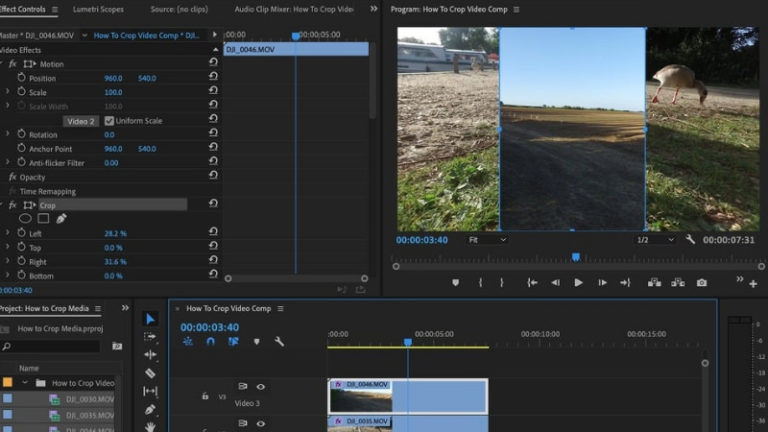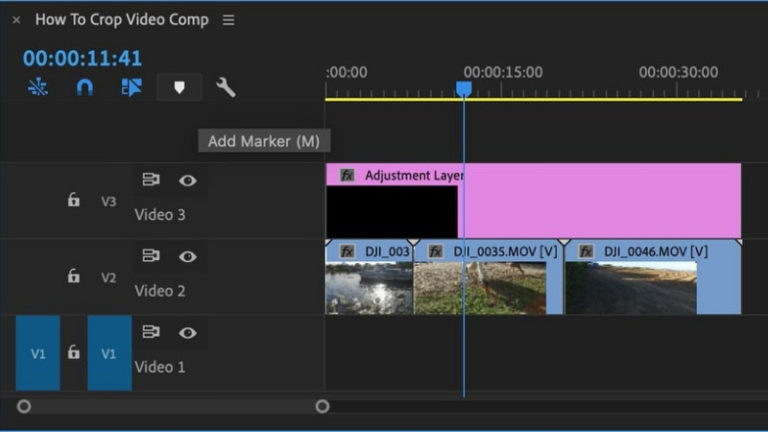

Remember that each scene may require a unique approach to lighting, so stay flexible and creative in your lighting design. By grounding your lighting choices in the narrative and the world of the story, you can create a more immersive and emotionally resonant cinematic experience. Motivated lighting is an essential technique that can elevate the visual storytelling in your films. Be prepared to make adjustments as needed to achieve the desired look and mood.

Lighting Continuity: Consistency is key to motivated lighting.Is it daylight, moonlight, or artificial sources like lamps or candles? Once you've identified these sources, you can plan your lighting setup accordingly. Identify Natural Light Sources: Take a close look at the scene's setting and identify the natural light sources within it.For instance, a romantic scene may require soft, warm lighting, while a suspenseful moment could benefit from dramatic, harsh shadows. This will help you determine the type and quality of light that best serves the narrative. Understand the mood of each scene and the emotional journey of the characters. Story-driven Lighting Design: The first step in creating motivated lighting is to analyze the script and the characters.So, let's go over a few techniques that will help you make sure the choices you make work best for your project. You're definitely using motivated lighting in your projects. Fine-tune the edge of the transition by adjusting the mask feather. Then you’ll simply need to invert the mask and voilà! Your transition is working. However, for this effect, you need to crop the transition clip completely by first adjusting one of the crop edges to 100%. Then you can create a mask with the crop effect's pen tool and animate the mask path to follow the front edge of the object moving in front of the camera. Again, as with the clone effect, you need to layer the two different shots and apply the crop to the top layer. This can include something or someone moving in front of the camera, just as long as the entire frame is covered. You also need to have something moving through the frame with which to apply a transition. Just as with the clone effect, you need to capture two different shots of your scene-one with the subject in the shot, and one without.

This is a great effect, but again, it requires a bit of preparation to make it work. The key to success for this effect is shooting your shots on a tripod, in similar lighting settings, and in positions which allow you to properly composite. Adjust the edge feather to make the layers blend together. Apply the crop effect to the top layer, and then adjust the crop to reveal your subject in the bottom layer. Once inside Premiere, layer up the various takes. Simply shoot multiple takes of the same scene with your subject in different areas of the frame for each take. If you have a tripod and a few minutes, you can quickly create this effect. Here are three ways to use the crop tool for more than just cropping, namely to clone people, create Jason Bourne-style wipe transitions, and even color correct. However, when you use it in conjunction with a few camera and editing tricks, you can quickly achieve some complex and creative looking results. Premiere Pro’s crop effect is a seemingly simple tool.


 0 kommentar(er)
0 kommentar(er)
